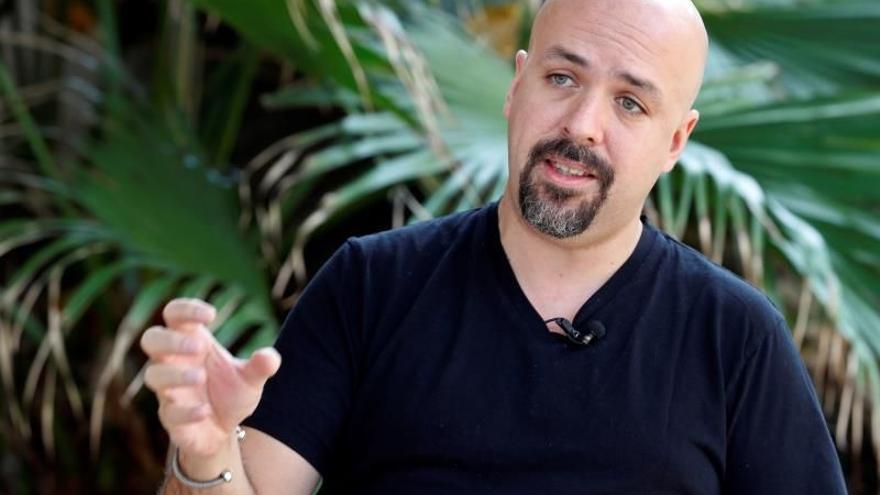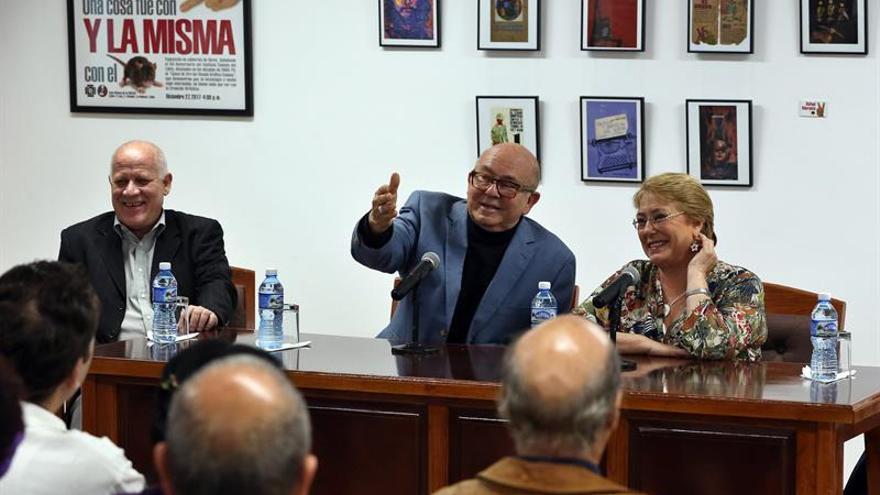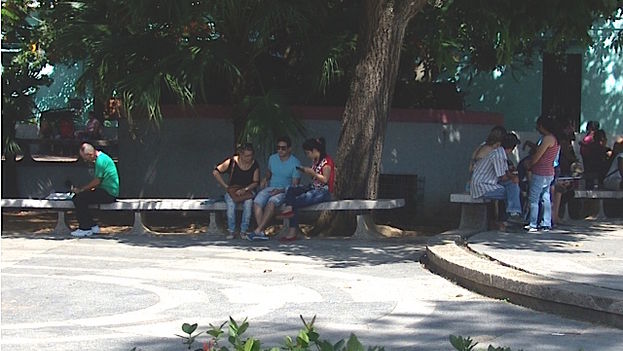
![]() EFE via 14ymedio, Yeny García, Havana, December 16, 2018 — A country rich in culinary traditions and diverse in flavors, even faced with scarcity and shortages, is the surprise revealed now in Havana by ’Cuban Food Stories’, a documentary that traces the map of the island through the stomach and the nostalgia of a Cuban filmmaker.
EFE via 14ymedio, Yeny García, Havana, December 16, 2018 — A country rich in culinary traditions and diverse in flavors, even faced with scarcity and shortages, is the surprise revealed now in Havana by ’Cuban Food Stories’, a documentary that traces the map of the island through the stomach and the nostalgia of a Cuban filmmaker.
Eating before going to the cinema is almost an obligatory requirement to see this film, which debuts on Cuban screens as part of the 40th International Festival of New Latin American Cinema, fruit of a “debt” of its director, Asori Soto, an expatriate who has used food as a pretext to rediscover his country.
“Some people were asking me, why are you going to make a movie in Cuba, if in Cuba there’s no food? And I said to myself, even if that was the reality, in the absence of food there is also a story. But what we discovered was something totally different,” explained Soto to EFE. continue reading
The serious economic crisis of the 1990s sunk the country into one of its worst moments, desperate to survive in face of the scarcity of food and forgetting its rich culinary heritage, in a lethargy that seems to still exist today, when shortages still exist as a brake on creativity in the kitchen.
After 45 days traveling around the island — and 12 extra pounds — the filmmaker proved that “even though there is scarcity,” in Cuba there exists a world of flavors that go further than the traditional duo of congrí rice and pork.
“Cuban cuisine is extremely rich, what we haven’t known how to do in recent years is represent it onscreen. If something is not represented, it doesn’t exist,” pointed out Soto, who took around two days to film each story in the movie.
In what is almost an anthropological investigation of what makes up Cuba culinary identity, the documentary takes the spectator by sea and land, from cities to places as remote as the banks of the river Toa or the almost isolated Baracoa, the first Spanish town in Cuba, both in the eastern region of the island.
’Cuban Food Stories’ is not a “film about food, but rather about people,” who still jealously guard dishes inherited from their elders, the majority of which have nothing to do with the idea that many have made of the island’s cuisine, “in which exists a place like Baracoa (east) where they cook with coconut milk.”
The film shows native dishes of each region, but strangely little known beyond their borders, like cornmeal with crabs and shellfish in coconut milk, all without forgetting the eternal roast pork, the jewel of the crown in the island’s festivities.
Passing through, the spectator can also catch a glimmer of Cuban folklore, beyond gluttony, and get to know one of the best-kept traditions of the country, in the Christmas Eve dinner filmed in the famous parrandas — food and drink fueled celebrations — of Remedios, declared in November to be an Intangible Heritage of Humanity by Unesco.
“In the film they only visit one restaurant, the rest are people in their houses. Is there anything better than eating shrimp from the river, caught 30 yards away, cooked in coconut milk that was just extracted in front of you?” insisted Soto.
However, beyond representing inherited and little-known flavors of Cuban cuisine, ’Cuban Food Stories’ has turned into an initiative that tries to promote the practice of a “’leveraged” cooking, taking advantage of what is available, sustainable, current, and very necessary.
“Cuba is a country with economic problems and even so, food is wasted. (…) Dishes have more than one life. It’s not necessary to throw away bread because it has gotten hard. Our mission is to try to change that mentality, better understand our culinary culture, and that we start to create, taking that as a base,” he added.
Exchanges with cooks from countries like Vietnam, which has an “extremely rich cuisine marked by famine,” various social and development initiatives, are some of the projects that Soto has in mind, and on which he is still working “one by one” before launching them.
“We would love it if people would try. It’s complicated to cook when sometimes you don’t have the elements, but if you feel proud of what you are doing and keep trying, you’re going to succeed,” he insisted.
Translated by: Sheilagh Carey
___________________________
The 14ymedio team is committed to serious journalism that reflects the reality of deep Cuba. Thank you for joining us on this long road. We invite you to continue supporting us, but this time by becoming a member of 14ymedio. Together we can continue to transform journalism in Cuba.


